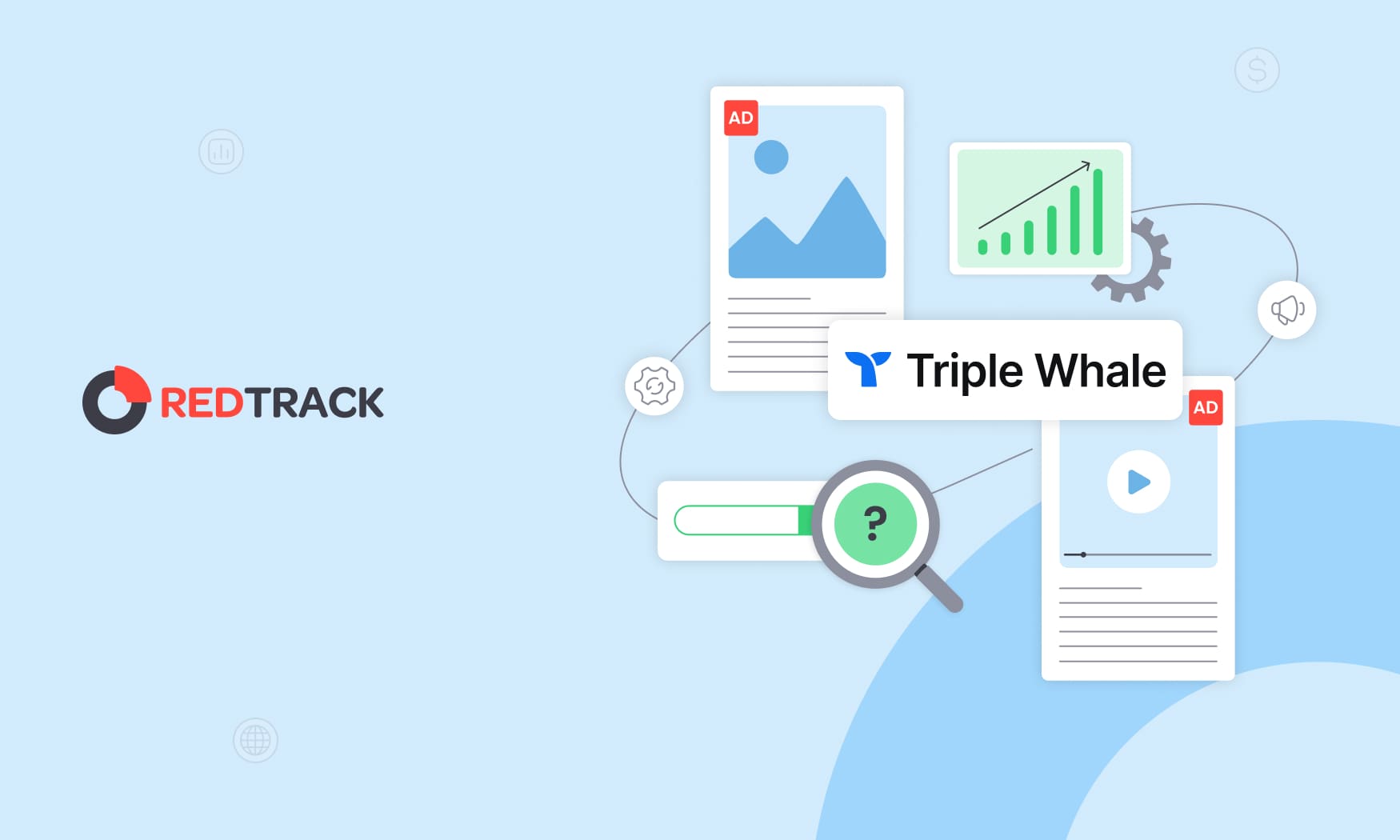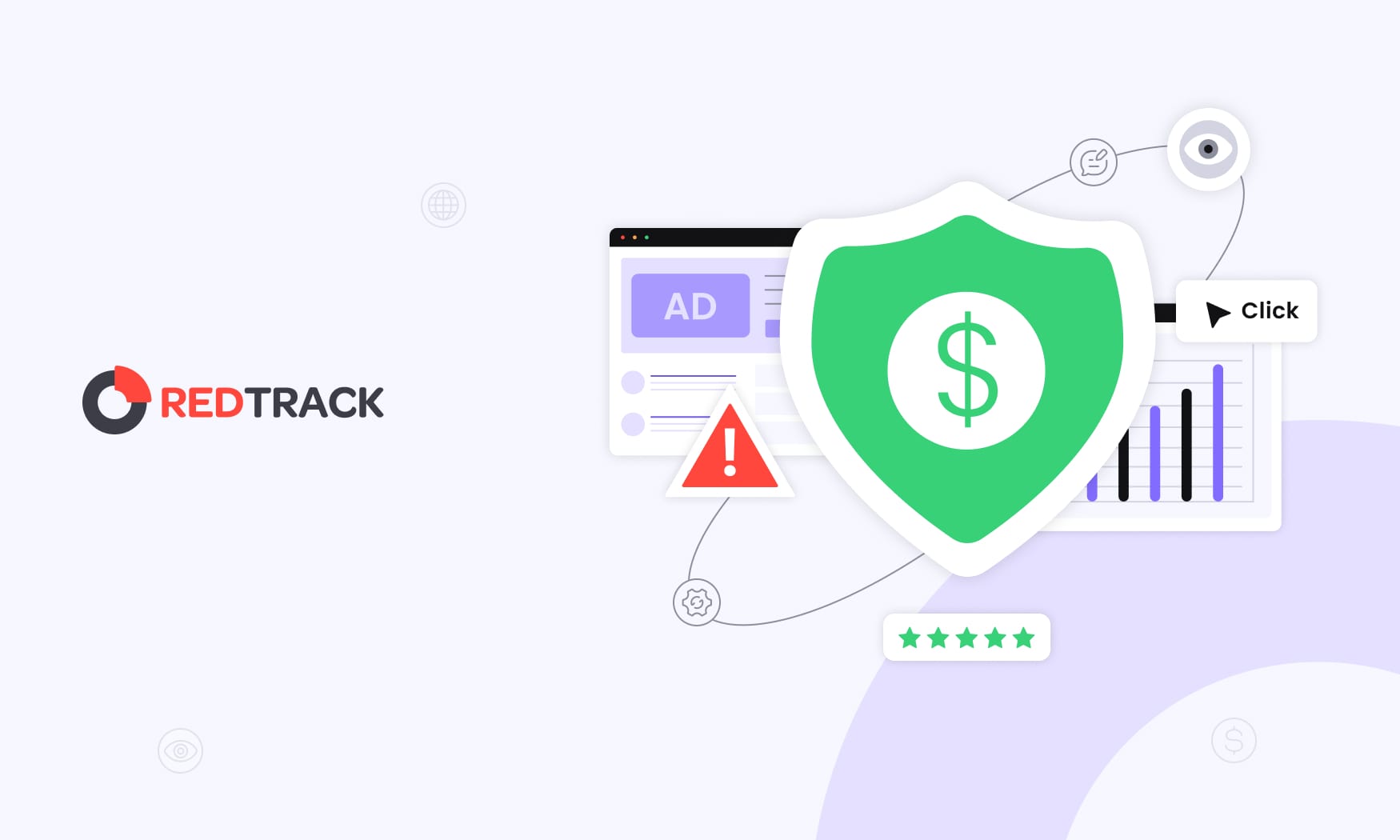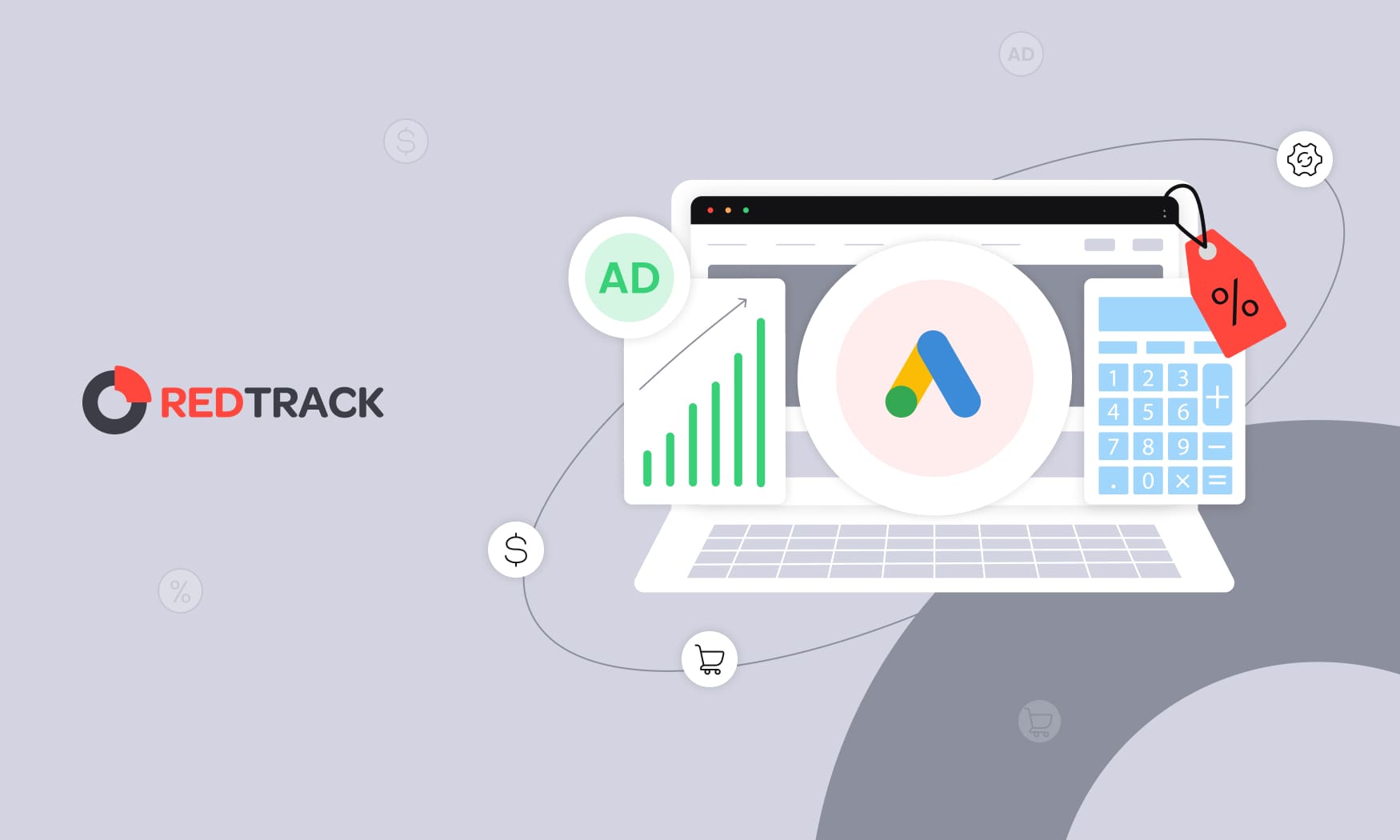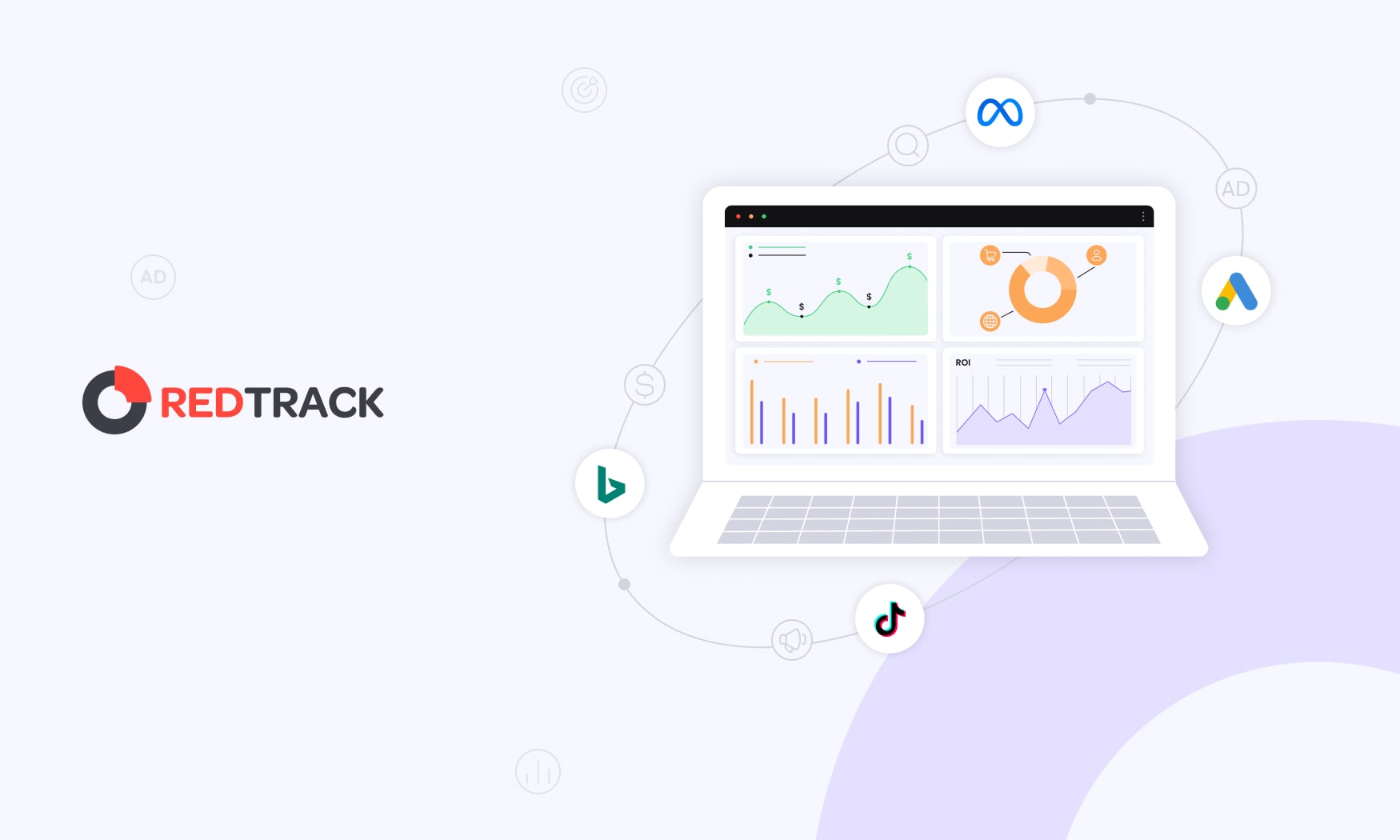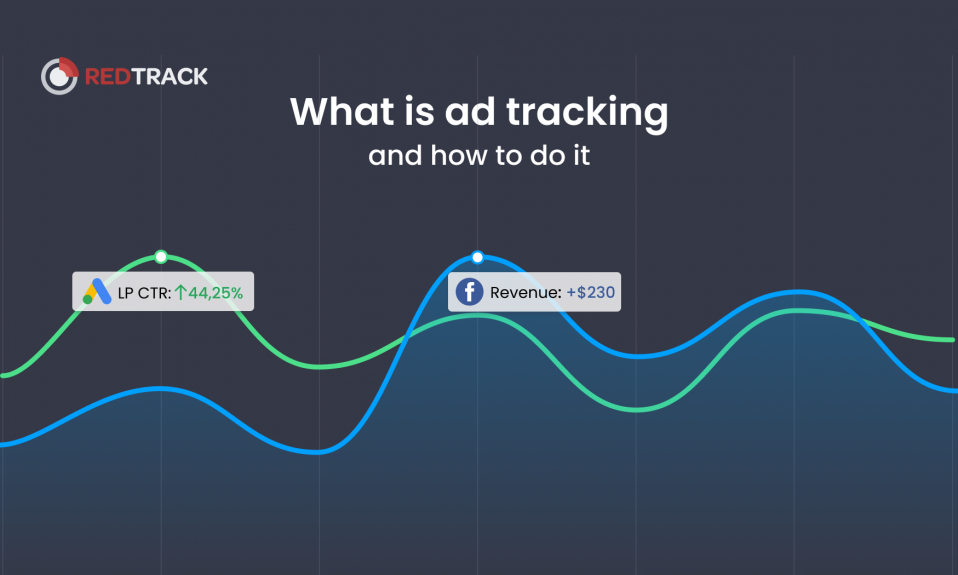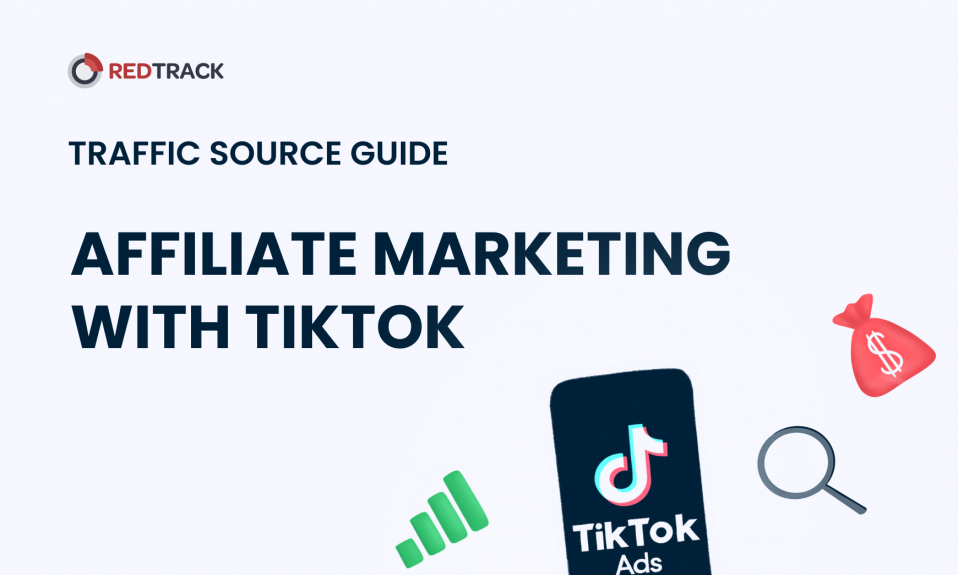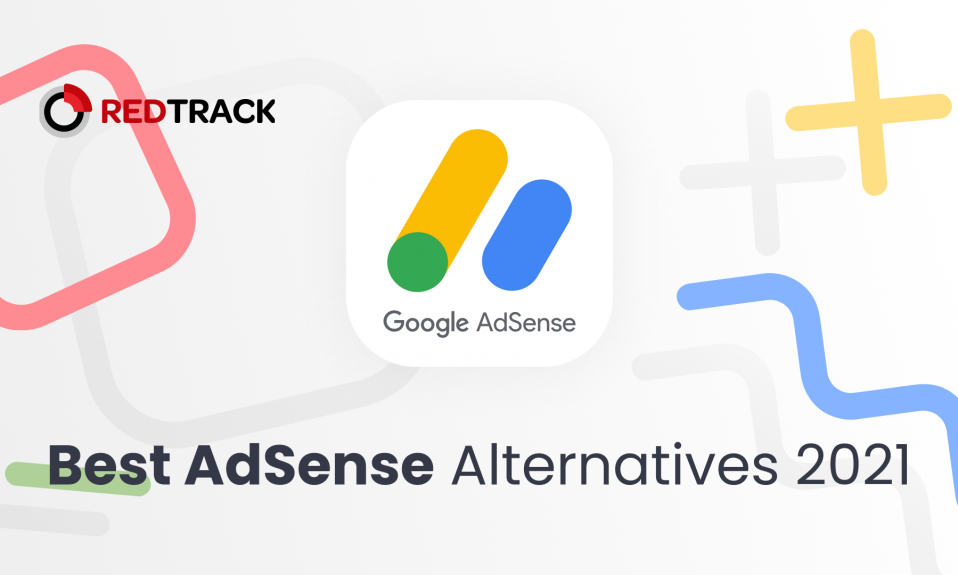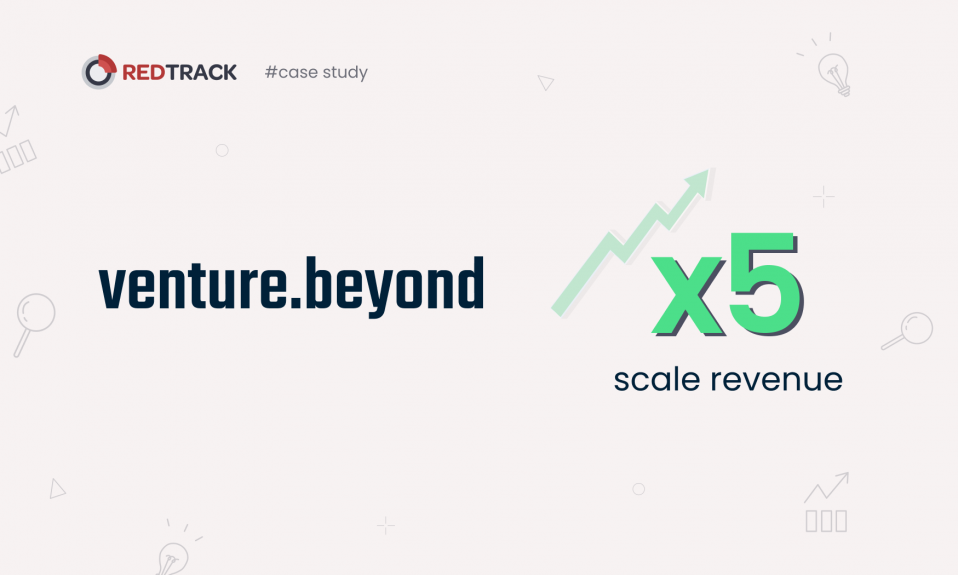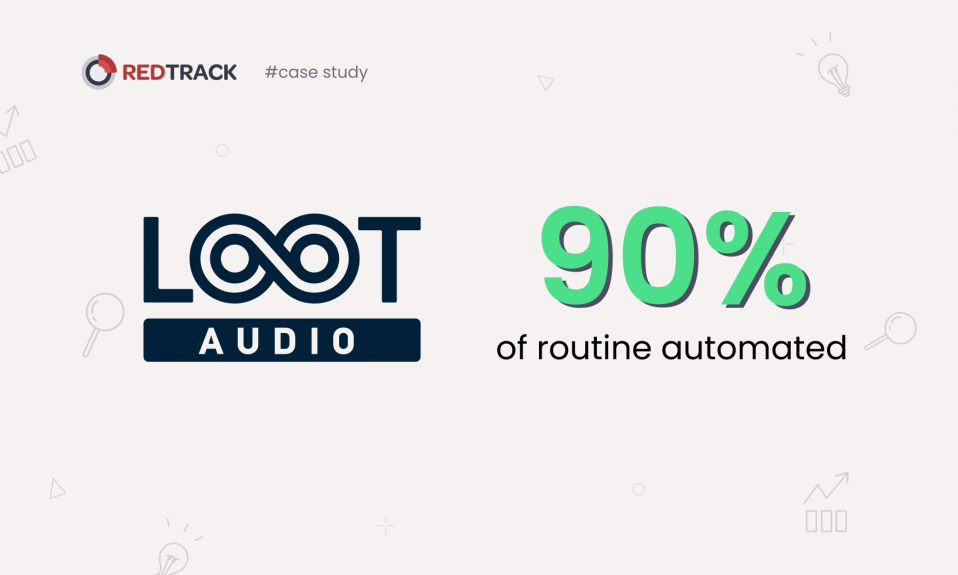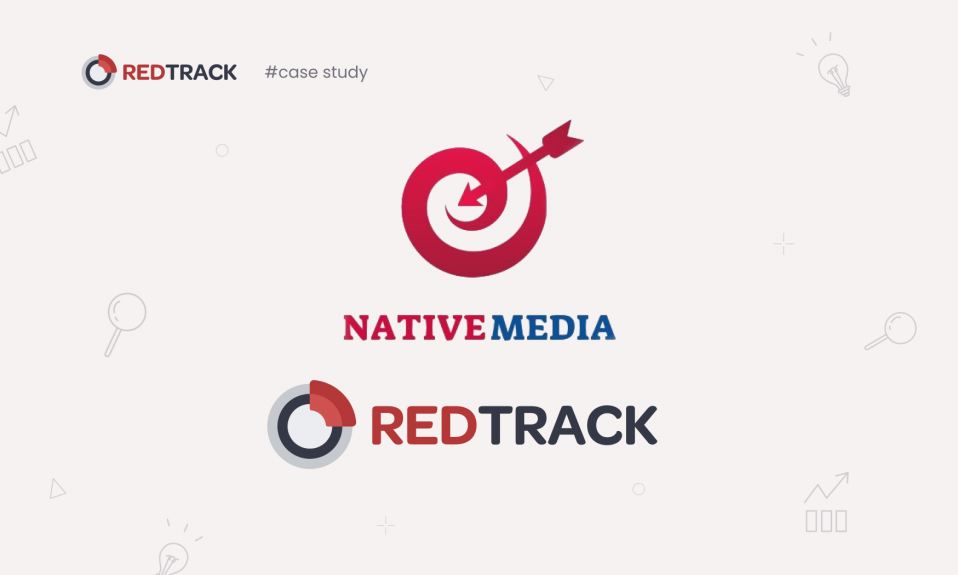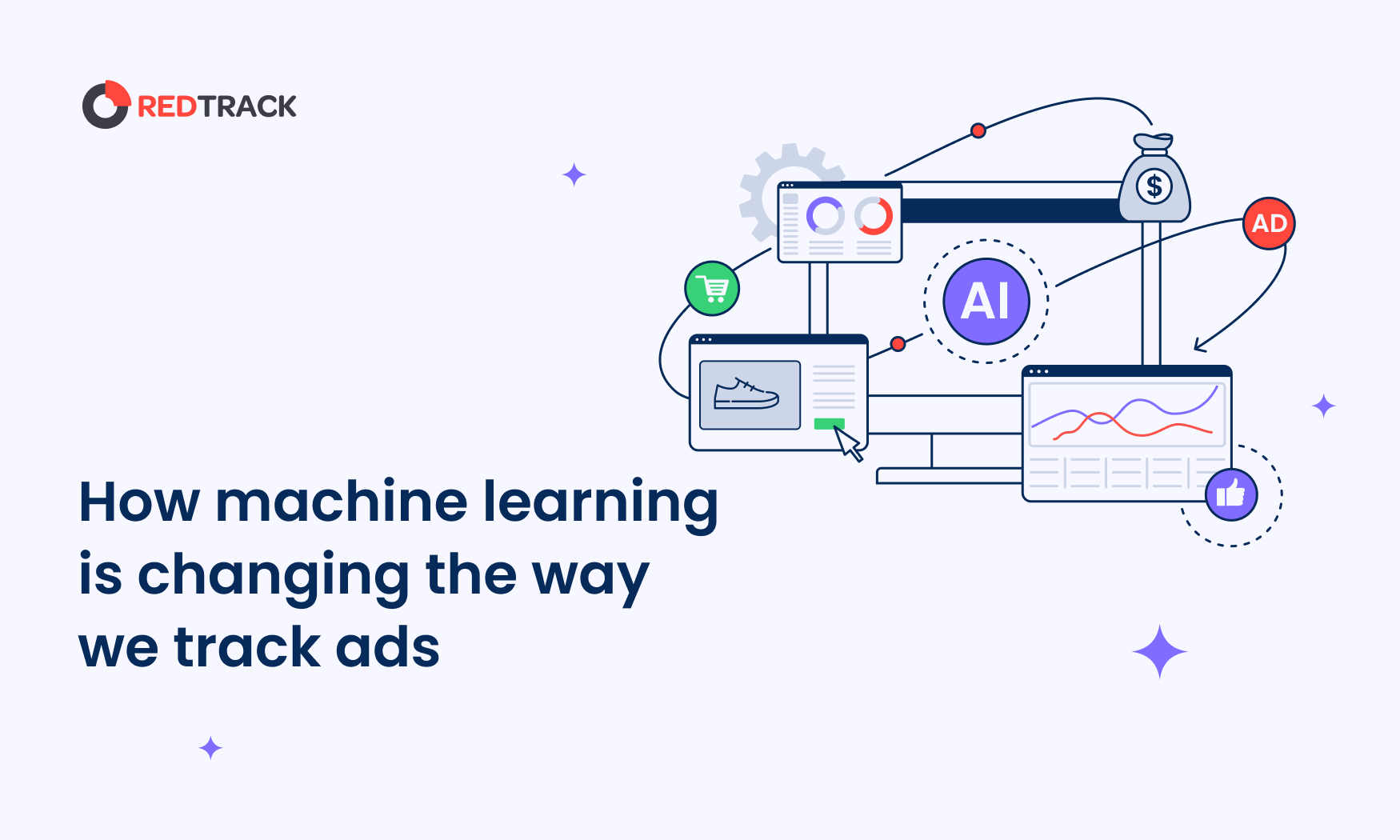
Every dollar spent on advertising should bring a return. But with so many marketing channels and touchpoints, figuring out which ads actually lead to sales can be tough. Traditional attribution models often miss the mark, leaving marketers unsure of where to invest.
This is where machine learning comes in. It analyzes large amounts of data to uncover patterns we might miss, providing deeper insights into customer journeys. In this post, we’ll look at how machine learning is changing ad attribution, helping you make better decisions, optimize your campaigns, and boost your ROI.
Let’s dive in!
What is ad attribution?
Ad attribution refers to the process of determining the user actions that led to the desired outcome between the click of the ad and the conversion. It’s figuring out what ad led to a desired action (like sign-up, link clicks or purchase).
For instance, if you generated a sign-up, attribution is about retracing your new lead’s steps with tools to figure out where they came from. With that knowledge, you can determine your most and least profitable channels.
Similarly, accurate ad attribution is critical for marketers because it helps them understand the effectiveness of your marketing campaigns and optimize them for better results.
Types of ad attribution models
Marketing attribution models help you figure out which ads and interactions work. They show you what led to a sale, sign-up, or other desired action. This way, you can see what’s really making your marketing efforts successful and make better decisions.
Generally speaking, there are 6 main ad attribution models, each with its approach to assigning credit to different touchpoints. They are:
First-touch attribution model
The first touch attribution model is one of the most straightforward methods for assigning credit to different touch points along a customer’s journey. In this model, all the credit for a conversion is given to the very first interaction that a customer has with your brand.
It’s especially relevant when looking at first-click data to identify the channels driving initial engagement, as explained in the context of broader marketing attribution strategies. For example, if they first click on an ad or visit your website, that gets the credit
The best part? It’s super easy to understand and use, making it a great starting point for businesses new to attribution modeling.
If your focus is on how well your marketing sparks initial interest and awareness, this model is especially effective. It works best for businesses where customers typically make quick decisions after their first contact, making it perfect for short sales cycles.
Last-touch attribution model
The last-touch attribution model takes a different approach by giving all the credit to the final interaction that led to a conversion. Instead of focusing on the first touchpoint, it zeroes in on the last action a customer takes before making a purchase.
This model is commonly used in platforms like Facebook, where attribution often centers on the last-click data, highlighting the final steps before a conversion.
This model is particularly valuable when your goal is to understand the direct actions or touchpoints that trigger conversions. It’s well-suited for businesses with quick, straightforward sales cycles, where customers typically make a purchase shortly after their last interaction.
Linear attribution model
The linear attribution model is a fair and balanced way to give credit to all the touchpoints a customer interacts with. Unlike models that give all the credit to just one interaction, linear attribution splits the credit evenly among all touchpoints. This shows how each interaction works together to lead to a sale or sign-up, giving you a more complete picture.
It’s an approach that aligns well with the need to manage and analyze data from various sources, ensuring a holistic understanding of campaign effectiveness.
It is perfect for seeing the big picture of your customer’s journey. It helps you understand how all the different touchpoints work together to drive sales or sign-ups. This model is especially useful for businesses with simple customer journeys and multiple marketing channels, as it clearly shows what’s working and what’s not.
Time-decay attribution model
The time decay attribution model is a smarter way to give credit to touchpoints. It knows that the interactions closest to the sale or sign-up are usually the most important, so it gives them more credit. This model understands that the further along a customer is in their journey, the more impact each touchpoint has on their decision.
This model is perfect when you want to balance recognizing the impact of recent interactions and acknowledging the role of earlier touchpoints. It’s especially useful for businesses with straightforward customer journeys, where the influence of touchpoints grows stronger as customers near a decision.
Position-based attribution model
The position-based attribution model (also called the U-shaped model) gives credit to touchpoints in a balanced way. It prioritizes the first and last interactions but also recognizes the importance of the middle steps. This model is ideal for businesses that want to emphasize both the initial spark that grabs customers’ attention and the final push that leads to a sale or sign-up.
Data-driven attribution model
This model is an advanced approach that uses data analytics and machine learning to precisely measure the impact of each touchpoint on sales or sign-ups. If your business is themed with complex customer journeys, this model is perfect for you—where multiple interactions influence the final decision. This model provides the most accurate picture of what’s driving conversions.
If you have the necessary data and resources, this model can offer valuable insights that simpler models can’t, helping you improve your marketing strategy.
Challenges in traditional ad attribution
Attribution is key to understanding the customer journey and measuring the effectiveness of PPC advertising. It’s about identifying and crediting the touchpoints that lead to a conversion. However, attribution comes with challenges that marketers must address to get an accurate picture.
These challenges includes:
- Data fragmentation: Data is spread across many channels and platforms, making it hard to track and analyze.
- Cross-device tracking: Customers use multiple devices, making it hard to track their journey.
- Attribution models: Choosing the right model to credit touchpoints is tricky, as different models give different results.
- Offline conversions: Connecting offline sales to online touchpoints is tough.
- Ad fraud: Fake clicks and traffic mess up attribution results.
Furthermore, to overcome these challenges, you can:
- Consolidate data
- Track devices
- Choose the right attribution model
- Connect offline sales
- Stop ad fraud (if involved)
How machine learning drives sales
Machine learning improves ad attribution by providing a more accurate understanding of how ads drive sales. Here’s how:
Data handling and integration
Data handling and integration refer to the process of collecting, processing, and combining data from multiple sources into a unified view, enabling organizations to consolidate data, eliminate silos, and improve accuracy and insights.
In attribution, it helps link customer interactions across touchpoints and devices, providing a comprehensive view of the customer journey for accurate attribution.
Machine learning algorithms handle and integrate vast amounts of data from multiple sources, providing a complete and accurate picture of the customer journey. This includes:
- Collecting data from various touchpoints, such as social media, search engines, display ads, email marketing, and offline interactions;
- Integrating data from different platforms, like CRM systems, mobile apps, and websites;
- Processing large volumes of data in real-time, ensuring timely insights;
- Identifying patterns and connections between data points, revealing how each touchpoint influences the customer’s decision;
- Enhancing the accuracy of ad attribution by considering all relevant data points.
Pattern recognition and insights
Pattern recognition and insight refers to the ability of machine learning algorithms to identify complex patterns and connections in data, uncovering hidden relationships and revealing actionable insights that inform business decisions and optimize customer experiences.
By applying machine learning to customer journey data, businesses can gain valuable insights into:
- Intricacies of customer behavior, including preferences, interests, and decision-making processes;
- Correlations between specific touchpoints, channels, and customer actions;
- Underlying factors driving conversions, sales, or other desired outcomes;
- Areas of friction or drop-off points in the customer journey.
With these insights, businesses can inform data-driven decisions, optimize marketing strategies, and improve ROI.
Predictive analytics
Fueled by machine learning, predictive analytics enables businesses to predict future customer behaviors and trends with remarkable accuracy. Enterprise AI supports this by scaling predictive capabilities across departments and data systems. By leveraging this capability, companies can:
- Anticipate customer needs and preferences;
- Identify new opportunities and potential risks;
- Optimize marketing strategies for maximum impact;
- Stay ahead of the competition with forward-looking insights.
Benefits of machine learning in predictive ad attribution
Implementing machine learning in predictive ad attribution offers several benefits, including:
Increased accuracy
Machine learning algorithms increase accuracy in ad attribution by analyzing vast datasets, identifying subtle patterns, and pinpointing the most influential touchpoints. This leads to a deeper understanding of customer journeys, allowing for data-driven decisions to optimize marketing strategies and improve ROI.
As a result, businesses can accurately attribute conversions and sales, understand customer behaviors and preferences, and make informed decisions to maximize their marketing impact.
Real-time adjustments
Machine learning enables real-time analysis, allowing businesses to respond promptly to changes in customer behavior, adjust campaigns on the fly, and capitalize on emerging opportunities.
Cost efficiency
Businesses can allocate their budgets more efficiently by accurately identifying the most effective marketing efforts, reducing wasted spend and maximizing ROI.
Scalability
Machine learning solutions can scale seamlessly with growing marketing efforts, handling increasing data and complexity without compromising performance or accuracy.
Smarter Ad Attribution with RedTrack
With the rise of machine learning, ad attribution has become even more pivotal. But, what ad attribution platforms have leveraged machine learning and can help to take your marketing efforts to the next level?
One such platform is RedTrack, a cloud-based attribution and analytics platform that leverages machine learning to help businesses optimize their marketing efforts.
RedTrack’s machine learning algorithms analyze vast data to identify patterns and connections between touchpoints, channels, and customer actions. This enables marketers to gain a deeper understanding of their customer journey.
With RedTrack, marketers can:
- Track and attribute conversions across multiple channels and devices.
- Analyze customer journey data to identify areas of friction and optimization opportunities.
- Leverage machine learning-driven insights to inform marketing decisions and optimize ROI.
- Integrate with existing marketing tools and platforms for seamless workflow.
Powered by machine learning and advanced attribution modeling, RedTrack empowers businesses to maximize their marketing impact and drive revenue growth.
Real-Life Examples of Machine Learning in Ad Attribution
In this section, you’ll discover how top brands use machine learning to optimize their ad attribution. From personalized recommendations to optimized marketing budgets, these companies are achieving real results.
The following companies are at the forefront of this innovation, successfully implementing machine learning for ad attribution and achieving remarkable results:
Amazon
E-commerce platforms like Amazon use CLV prediction to identify high-value customers. They can forecast future buying habits by analyzing purchase history, browsing behavior, and product reviews.
With millions of products and a diverse customer base, Amazon sought to improve shopping experiences by making personalized product recommendations to its users, aiming to increase sales and customer satisfaction.
Amazon’s personalized recommendation engine has significantly contributed to its success by increasing user engagement and sales. The targeted suggestions make shopping more convenient for users, leading to higher conversion rates and enhanced customer loyalty.
Netflix
Netflix sought to enhance user engagement and reduce subscription cancellations by improving its ability to predict and influence viewer preferences. To achieve this, the company leveraged machine learning models to analyze vast amounts of viewer habits and preferences data.
Netflix trained models that refined content recommendations and informed promotional strategies by integrating viewer data, including watch history, search queries, and ratings. This enabled the company to tailor user interfaces and notifications to individual preferences, enhancing the viewing experience.
The implementation of machine learning at Netflix yielded significant improvements in user satisfaction and engagement, characterized by increased viewing sessions and reduced churn rates. Furthermore, the company’s data-driven approach enabled strategic content creation, successfully releasing highly targeted original programming.
Mailchimp
Mailchimp doesn’t only send emails. Analyzing metrics like open rates, click-through rates, and conversion rates can suggest optimal send times, content tweaks, or audience segmentation to ensure the best engagement for each campaign.
Nike
Nike collaborates with platforms like Facebook and Instagram to launch its new products. These platforms use machine learning to analyze user interests and behaviors, pinpointing long-distance runners. Nike then delivers personalized ads highlighting the shoe’s benefits to this targeted group, resulting in increased engagement and efficient ad campaign performance.
Airbnb
Airbnb aims to understand the effectiveness of its diverse marketing channels in driving bookings. Through this method, they can trace the entire customer journey, from an initial touchpoint, such as a Facebook ad, a Google search result, or an email campaign, to the final booking. This insight helps them optimize their marketing budget by focusing on the most impactful channels.
Tools like Google Analytics assist businesses in comprehending the customer’s path by showcasing the influence of various touchpoints, whether search ads, display ads, or other campaigns, in achieving desired conversions.
Common pitfalls, and how to avoid them
One common pitfall you should avoid is relying solely on historical data without considering current trends. Businesses should regularly update their machine learning models to reflect the latest data and market conditions.
Others include:
- Not leveraging customer data: Analyze customer behavior and preferences to avoid missed opportunities.
- Not integrating multiple data sources: Combine data sources like Netflix did to gain a comprehensive understanding.
- Not testing and optimizing: Continuously analyze and adjust like Mailchimp to ensure optimal performance.
- Not focusing on high-impact channels: Use tools like Google Analytics to identify effective channels like Airbnb did.
Final thoughts
Machine learning is transforming predictive ad attribution, offering as many business owners and marketing professionals that will leverage this powerful tool to enhance their marketing strategies.
Machine learning provides increased accuracy, real-time adjustments, cost efficiency, and scalability by improving data handling, pattern recognition, and predictive analytics. With these in place, businesses can achieve more precise and effective ad attribution, driving better marketing outcomes.



